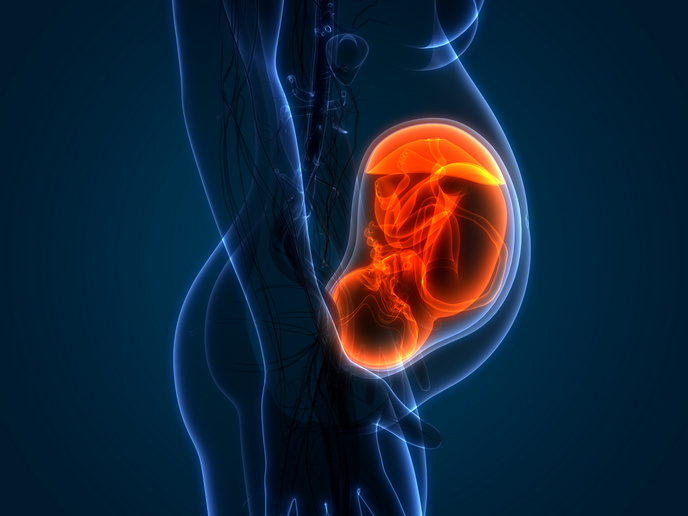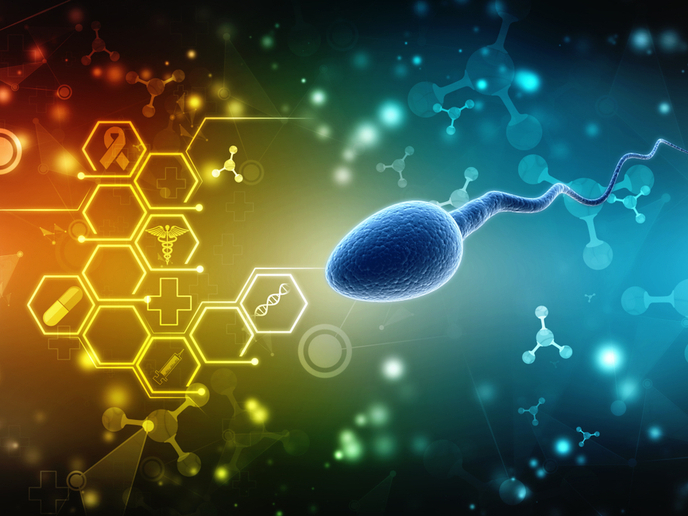Towards understanding osteoporosis
OP constitutes one of the most prevalent disorders in Europe, with at least 4 out of 10 women after the age of 50 being affected. The disease presents with a lower bone mass that often results in fractures and has a strong gender bias occurring mainly after menopause in women. Another form of OP is a consequence of certain metabolic disorders and affects the male population equally. To shed light into the molecular mechanisms causing or leading to OP, the EU funded the project titled ‘Molecular mechanisms of bone homeostasis’ (Osteogene). The ultimate goal of Osteogene was to generate new knowledge that could be utilised for early diagnosis, prevention and improved treatment of OP. The study included post-menopausal women with OP, patients with secondary form of metabolic OP due to primary hyperparathyroidism and control subjects. Genetic studies revealed genetic loci of importance for determining bone mineral density, which is about 80 % genetically dependent. A biobank containing blood and tissue samples was established and functional genetics studies were performed. Additionally, project partners studied the gene expression profile of OP bone compared to normal bone and, following bioinformatics analysis, certain differentially expressed OP candidate gene products were selected and tested in cell culture and animal models. Osteogene results significantly improved our knowledge about physiological and OP bone homeostasis. A special emphasis was given to identifying potential disease biomarkers that could be used for early risk assessment of OP. Project findings could be implemented for new and functional bone formation as a means of OP therapy.







